River Trail periodically closed under I-16
The section of the River Trail beneath Interstate 16 is closed during bridge construction when pedestrian safety is at risk and remains open when no significant hazards are present.
BOARDWALK CLOSED along the River Trail
Due to structural issues, the boardwalk along the river trail is closed until further notice. Access to the Ocmulgee Heritage Trail and river is not available due to this closure. This closure does not affect access to any of the mound sites.
| Title | Ocmulgee Mounds |
| Park Code | ocmu |
| Description | Welcome to Ocmulgee Mounds National Historical Park. This park is a prehistoric American Indian site, where many different American Indian cultures occupied this land for thousands of years. American Indians first came here during the Paleo-India... |
| Location | |
| Contact | |
| Activities |
|
| Entrance fees |
|
| Campgrounds | Count: 0
|
| Places | Count: 12
British Trading PostThe outline of a Trading Post that was established here in 1690 for trade between the British and the Muscogee (Creek). 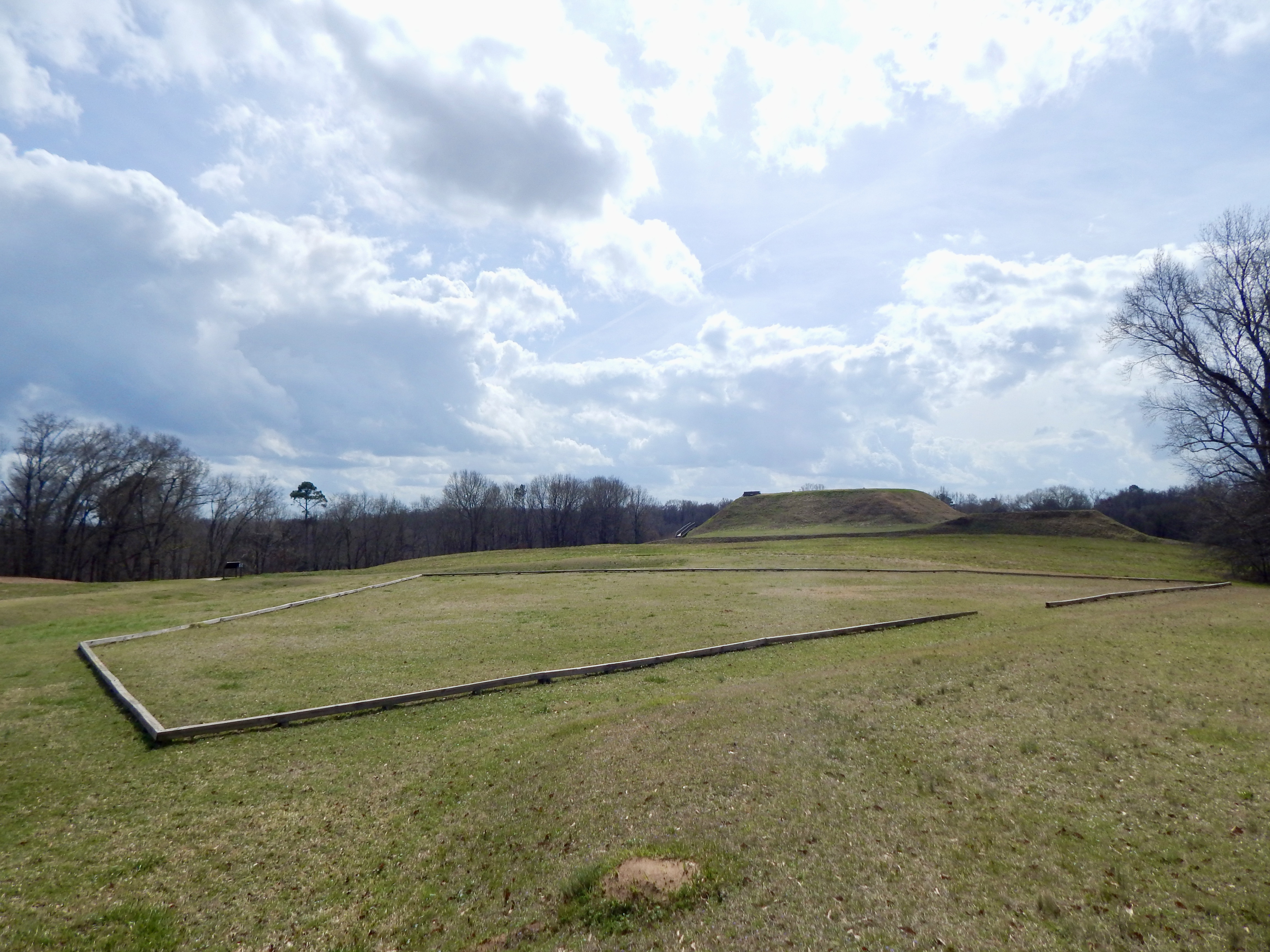
Civil War EarthworksDuring “The War Between the States” the young city of Macon was threatened with destruction on two separate occasions when Union and Confederate forces met just across the river from the city. Both conflicts took place on the grounds of Ocmulgee Mounds National Historical Park. Today, one of the few surviving Civil War earthworks in Macon remains in the park; a reminder of another time in history adding to the heritage that is Ocmulgee. 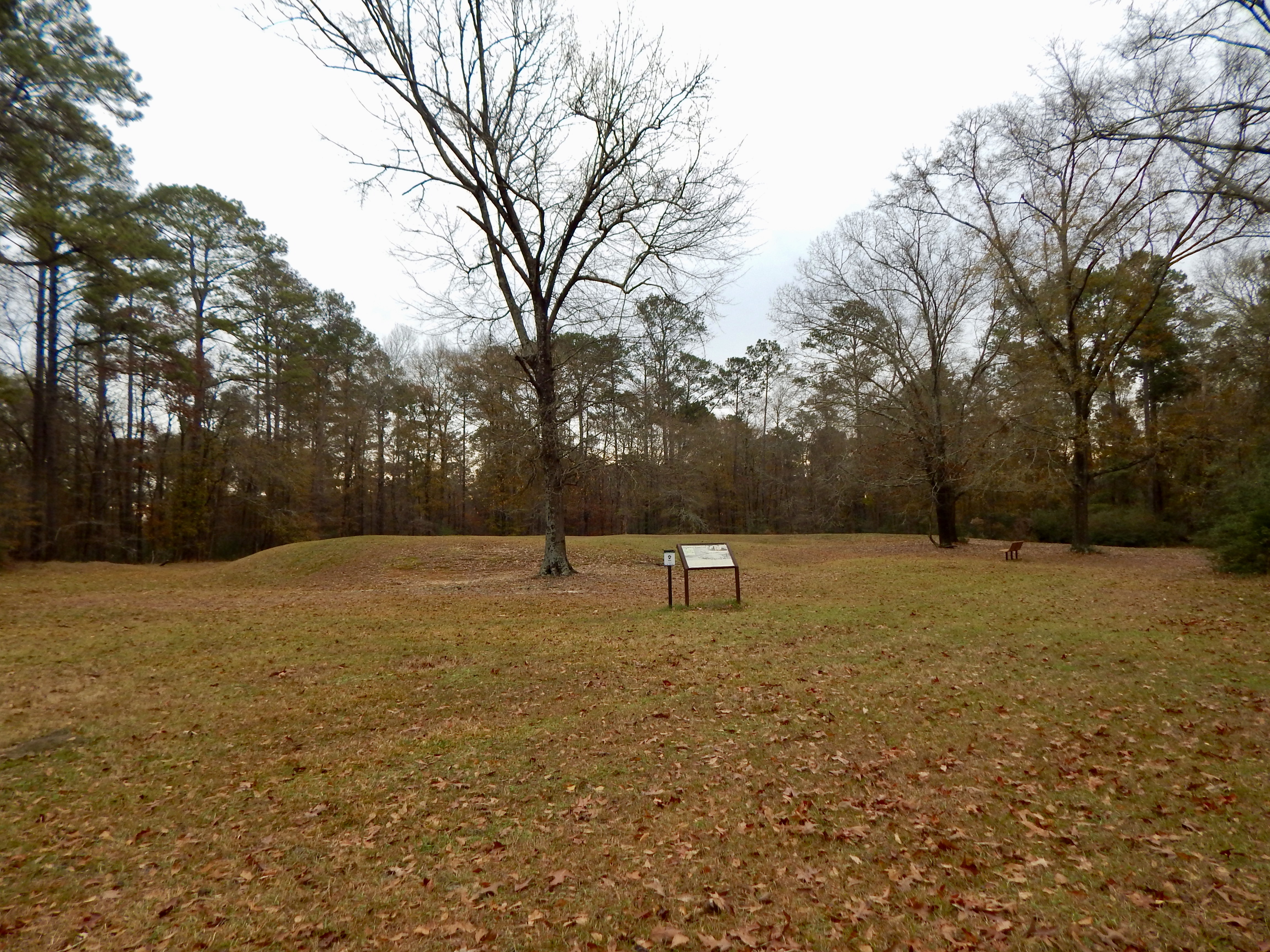
Clay PondA hotspot for wildlife viewing, Clay Pond offers a great view into the wetlands environment of Ocmulgee Mounds. 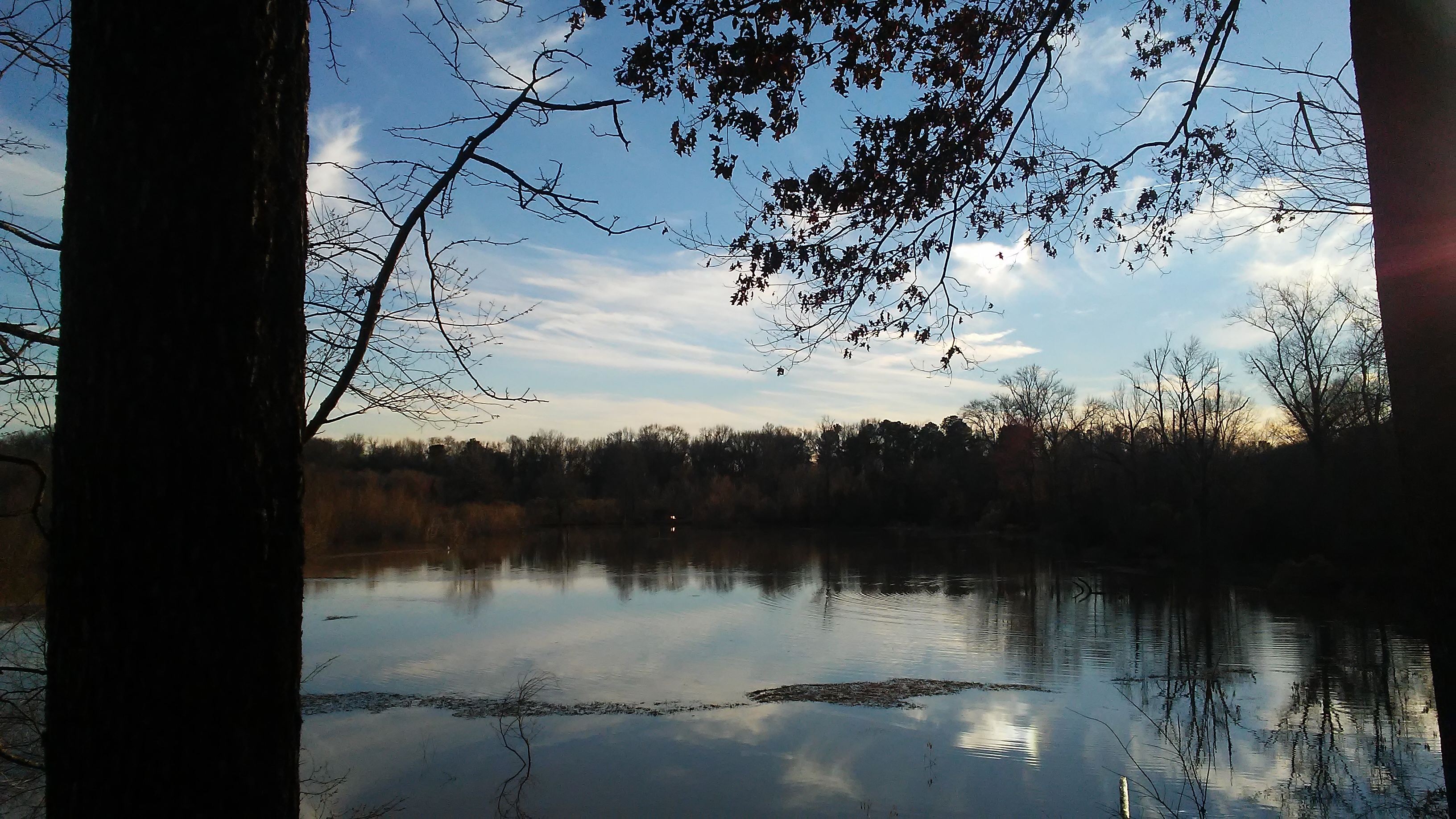
Cornfield MoundA ceremonial cornfield adjacent to the Earth Lodge. 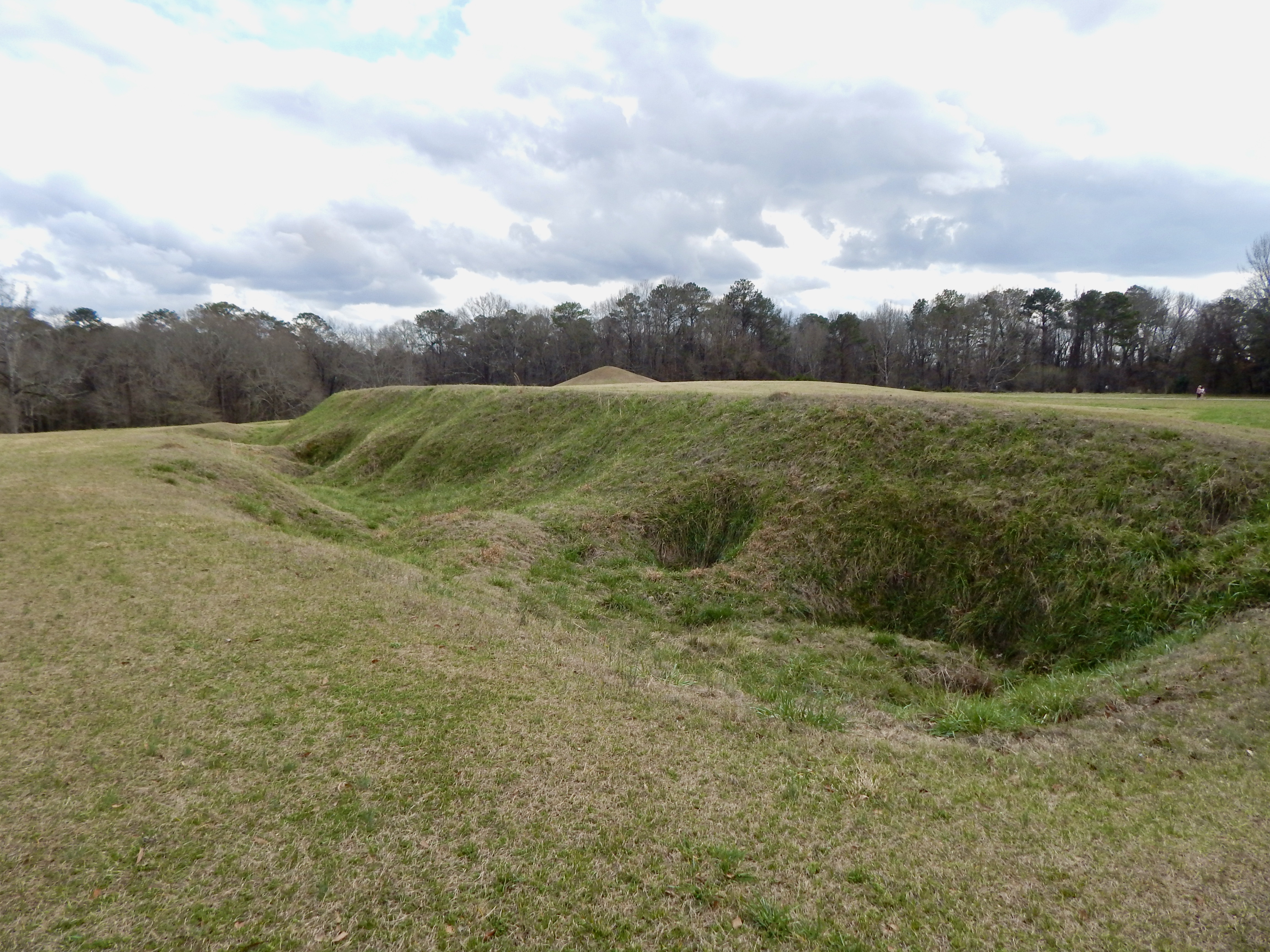
Dunlap HouseIn 1856, Samuel S. Dunlap constructed this house as part of his 400-acre cotton plantation. On July 30, 1864, the Dunlap house was occupied by Union troops during the Battle of Dunlap Hill, part of Stoneman’s Raid. After the war, Captain Dunlap turned the plantation into a dairy farm. This area is not open to the public. 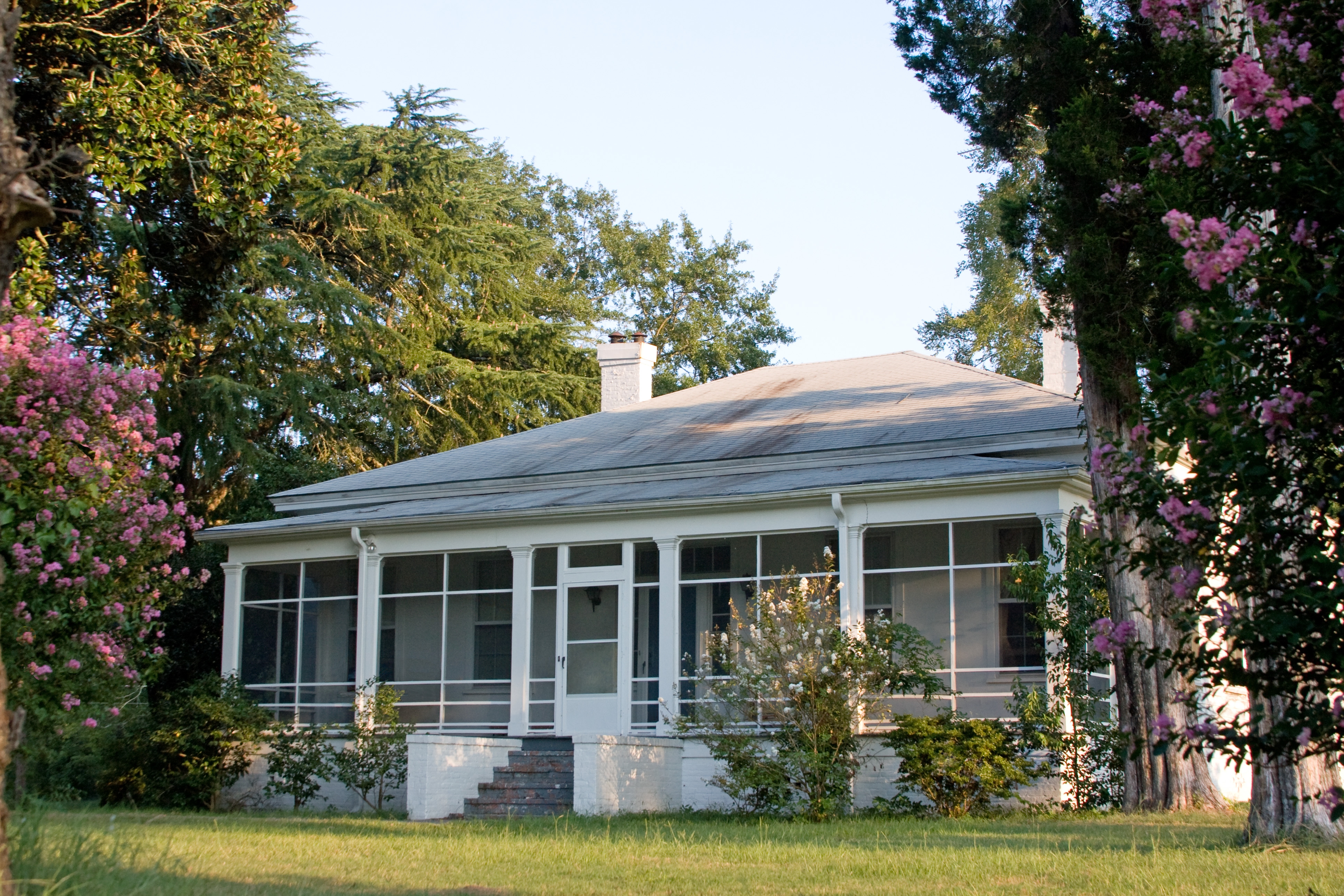
Earth LodgeVisitors experience a view of the ancient past when they enter the Earth Lodge, a reconstructed council chamber of the Mississippian culture. The clay floor inside is the original floor, making it over 1,000 years old. 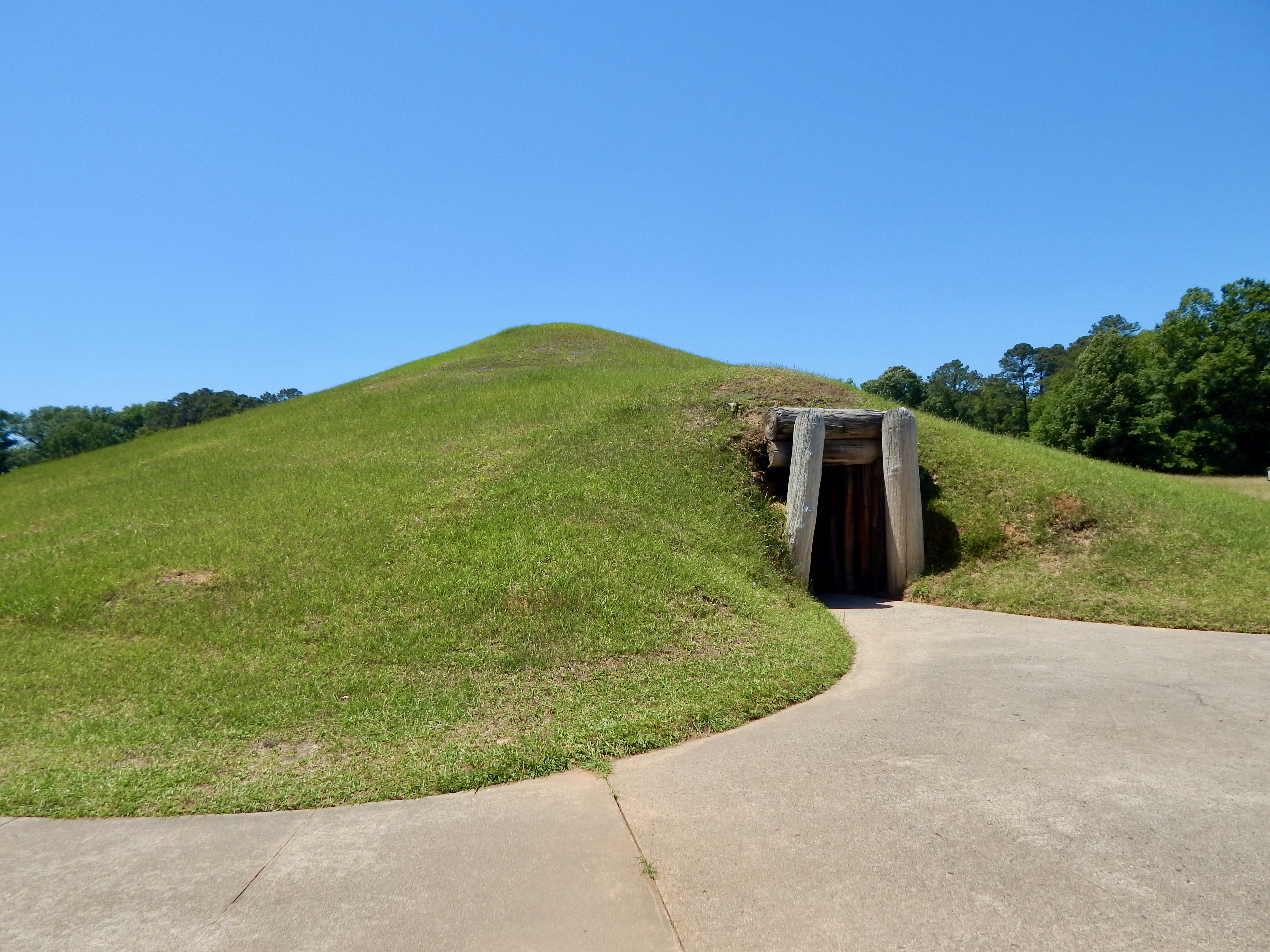
Funeral MoundThis mound was built in seven stages to be a burial ground for the elite members of the Mississippian society. Please do not walk on this mound. 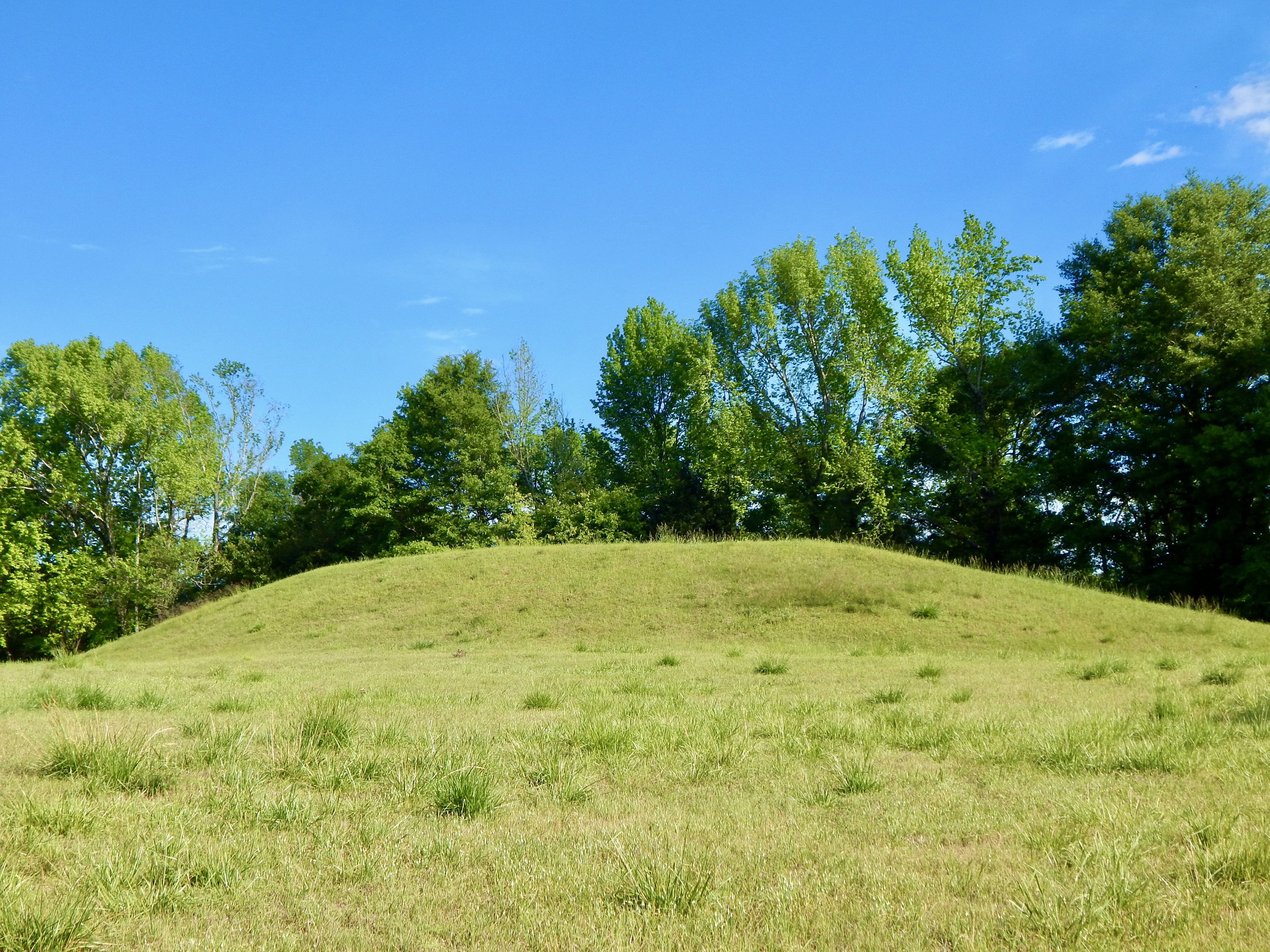
Great Temple Mound ComplexConsisting of the two tallest mounds in the park, the Great Temple Mound Complex is where the chief and second-chief would have lived during the Mississippian Period, and offers a beautiful view of the surrounding area from atop the mounds. 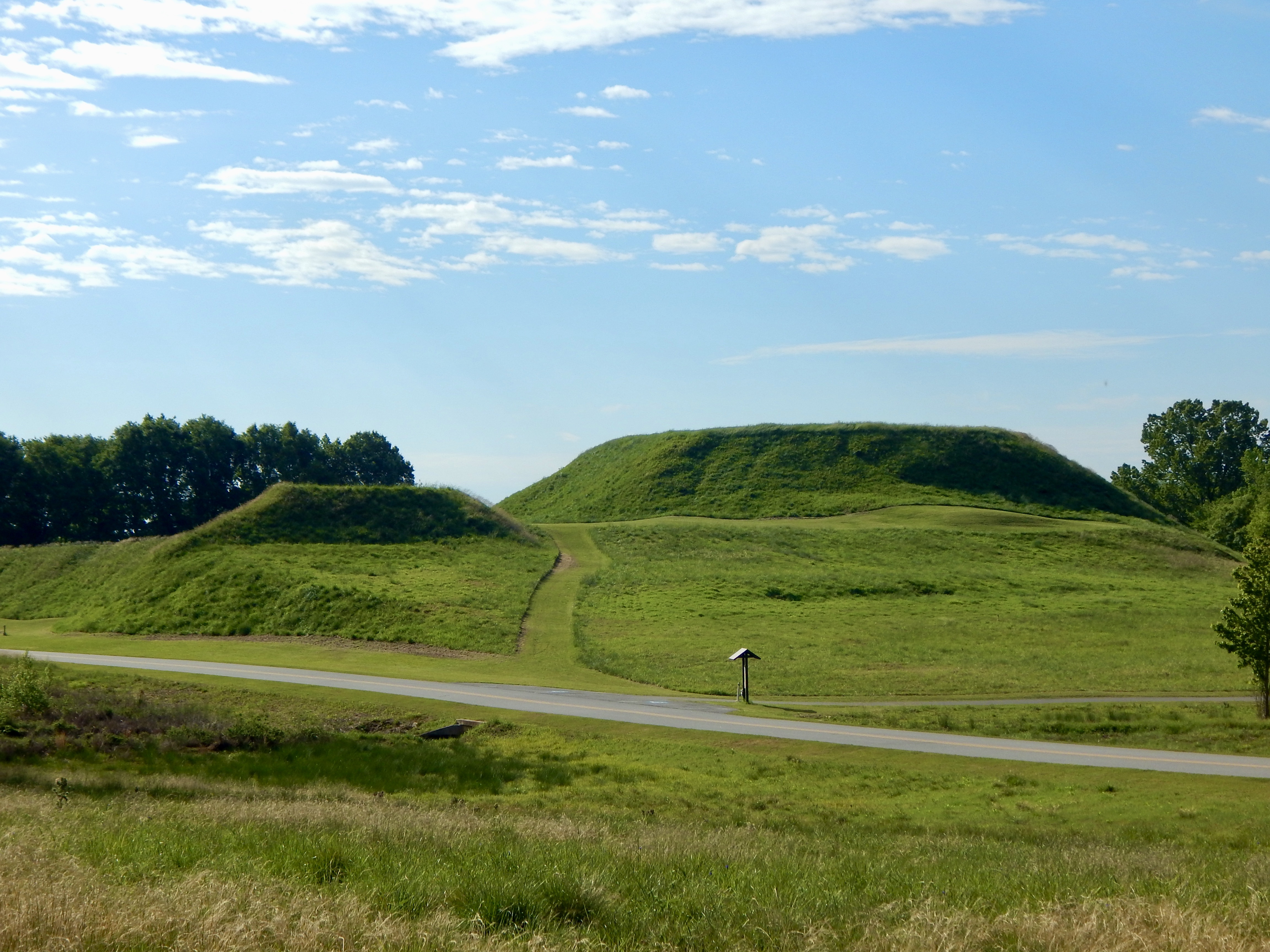
McDougal MoundLocated near the old park entrance, this mound is named after a captain stationed at nearby Fort Hawkins in 1809. 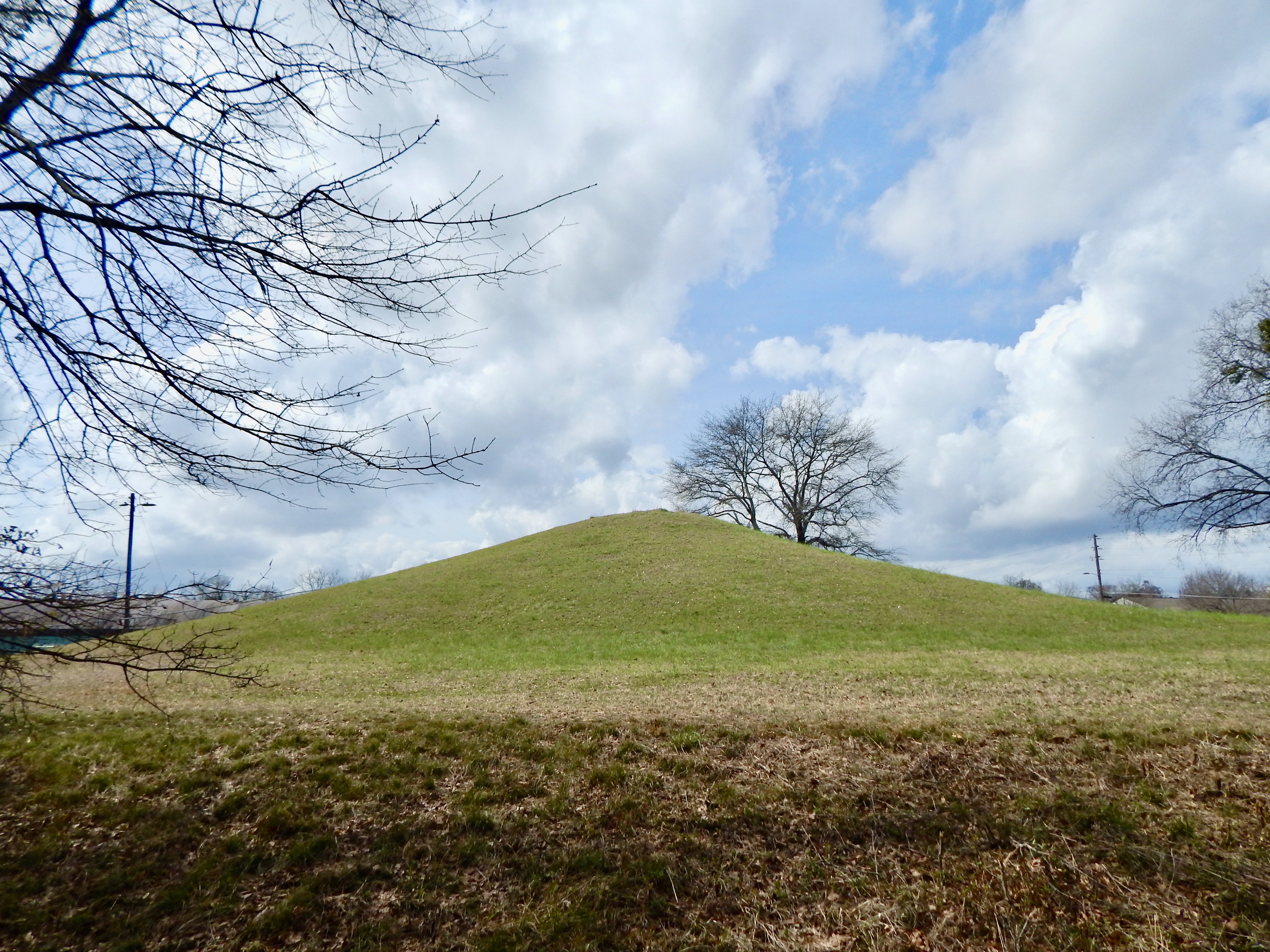
Mound XA Mississippian mound that is no longer visible. 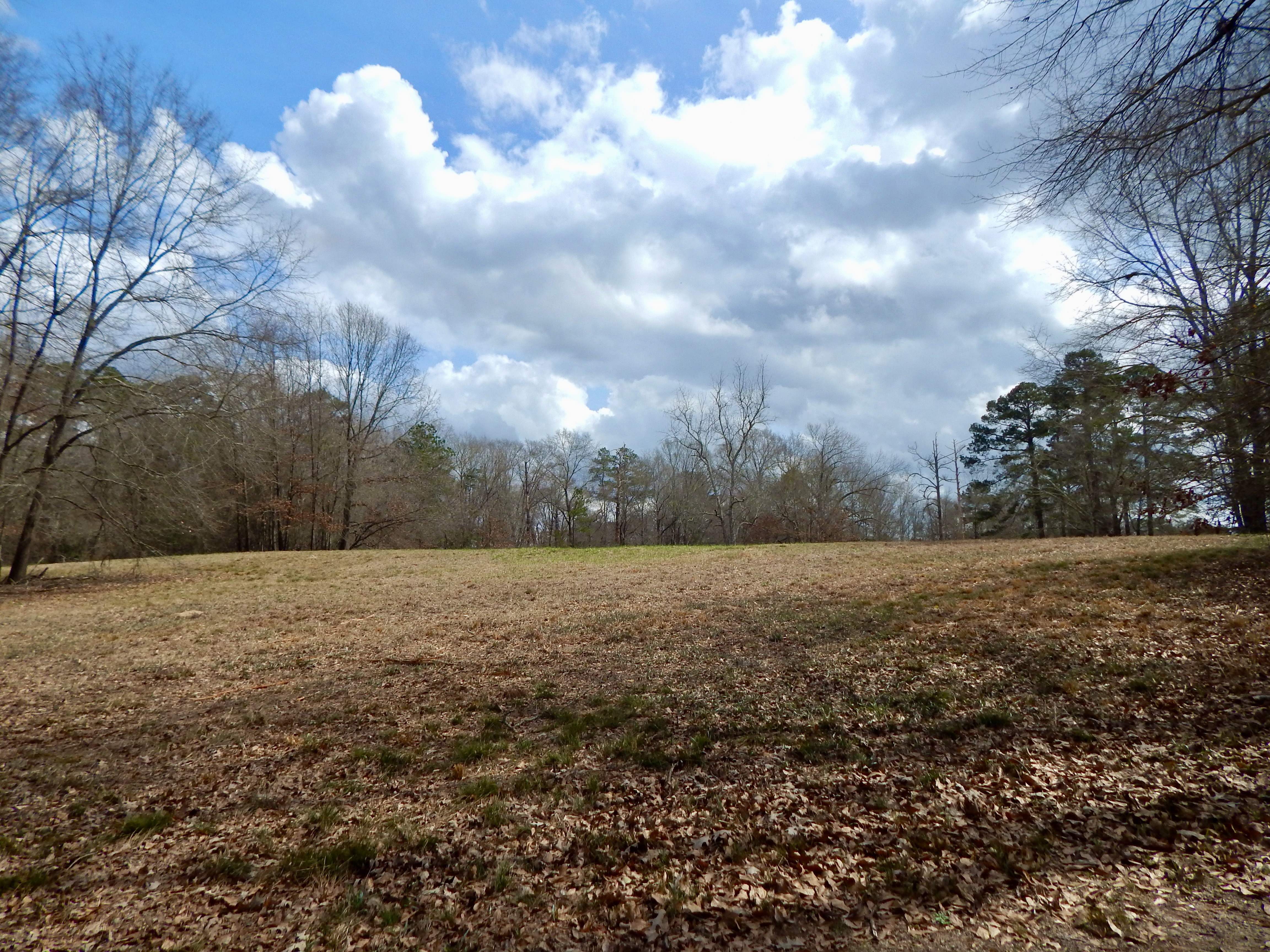
Ocmulgee Mounds Association BookstoreThe park store is operated by the Ocmulgee Mounds Association, an official non-profit partner of the National Park Service dedicated to supporting the educational mission of Ocmulgee Mounds National Historical Park. The park store has a wide range of books, magnets, postcards, and other items available for retail sale. 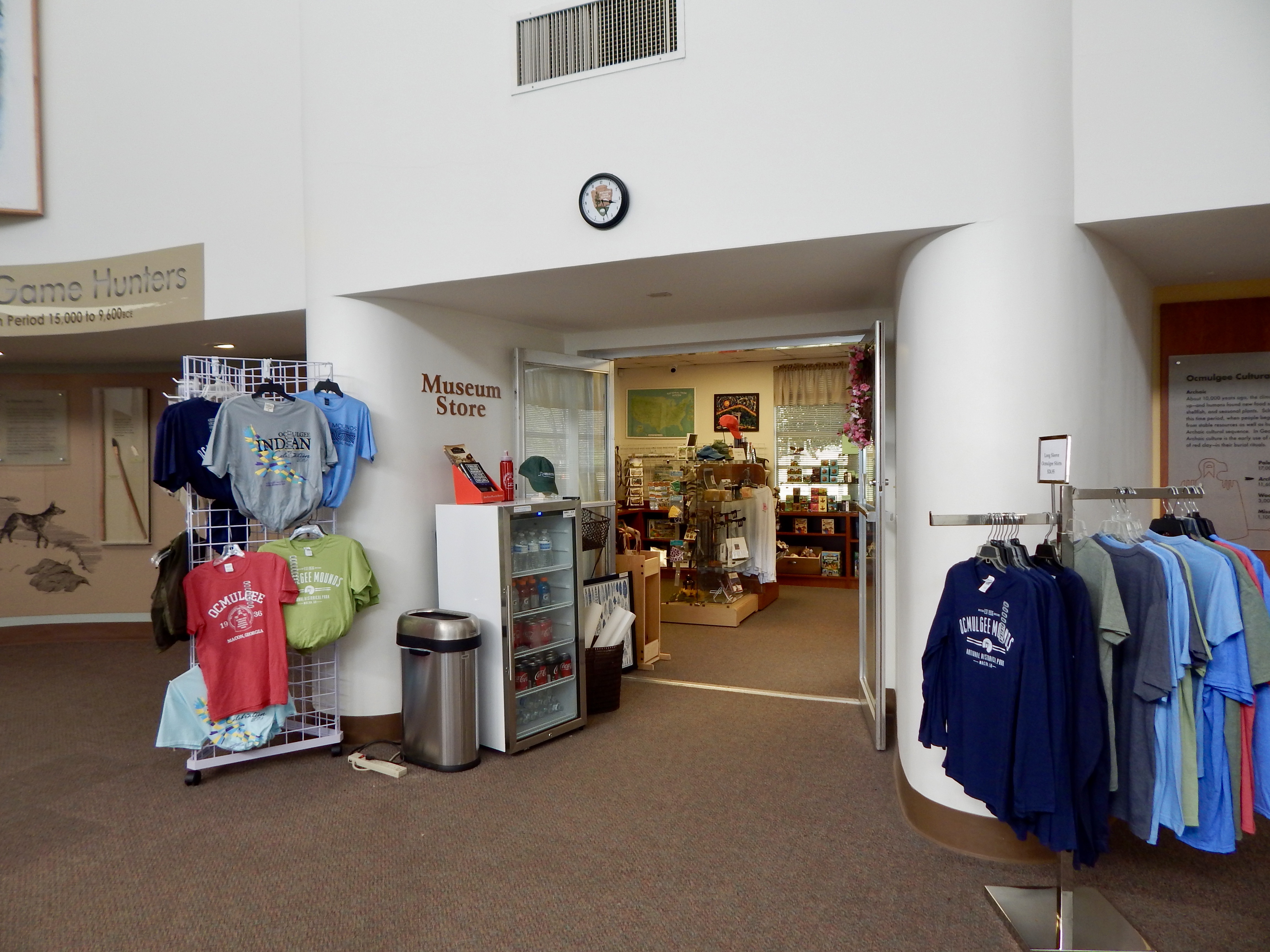
Southeast MoundOne of the lesser-known mounds in the park, the Southeast Mound was likely built near the end of the Mississippian period. 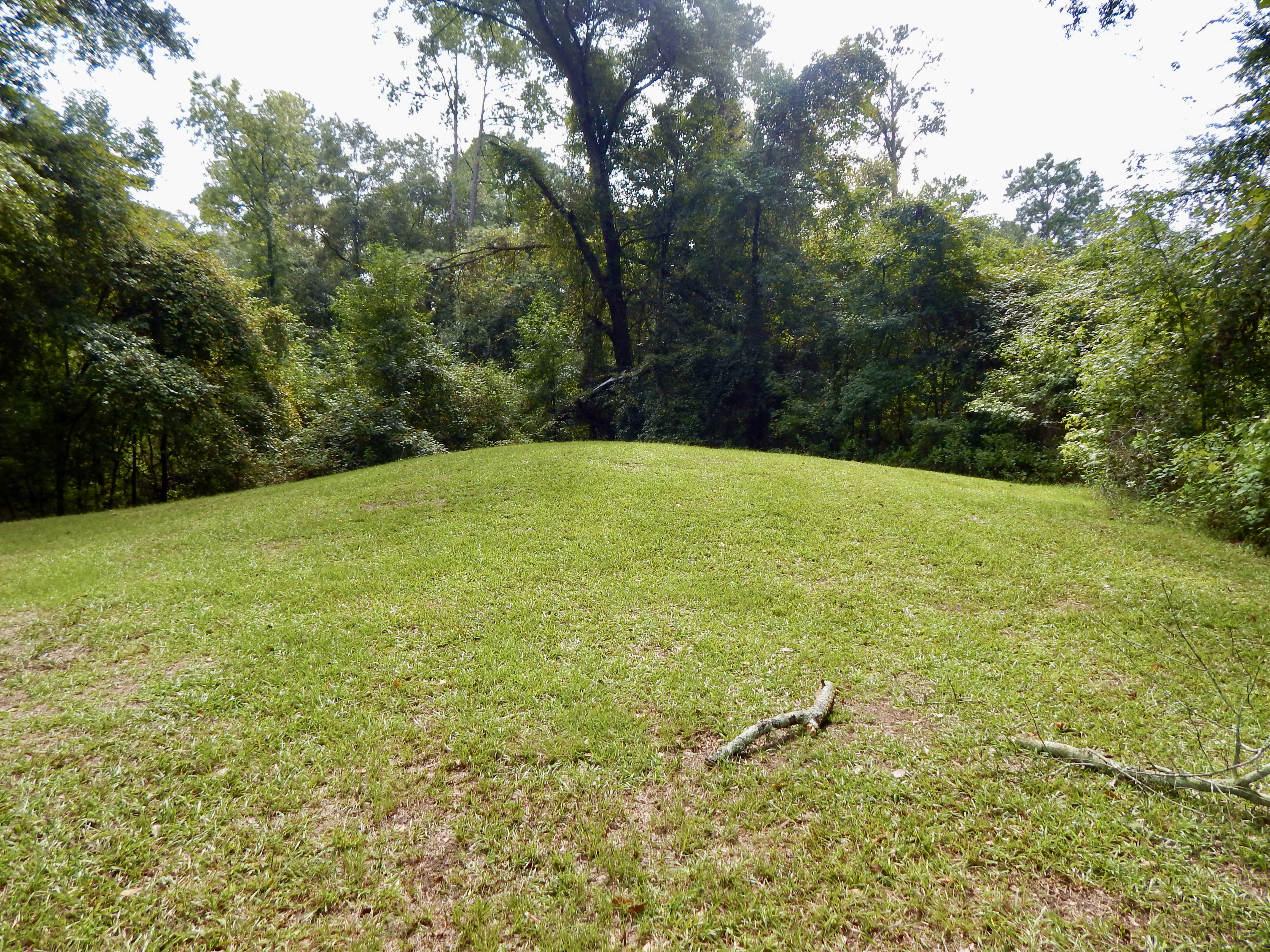
|
| Visitor Centers | Count: 1
Ocmulgee Mounds Visitor Center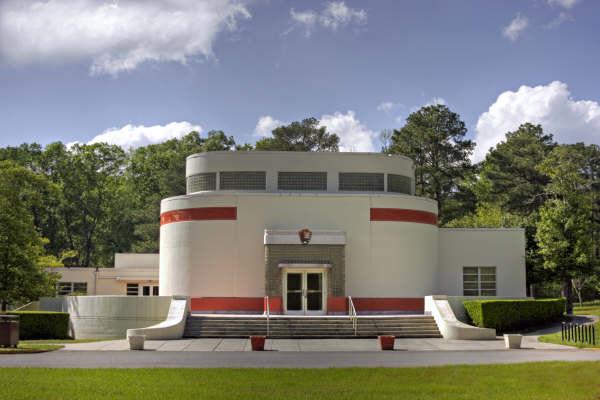
|
| Things to do | Count: 14
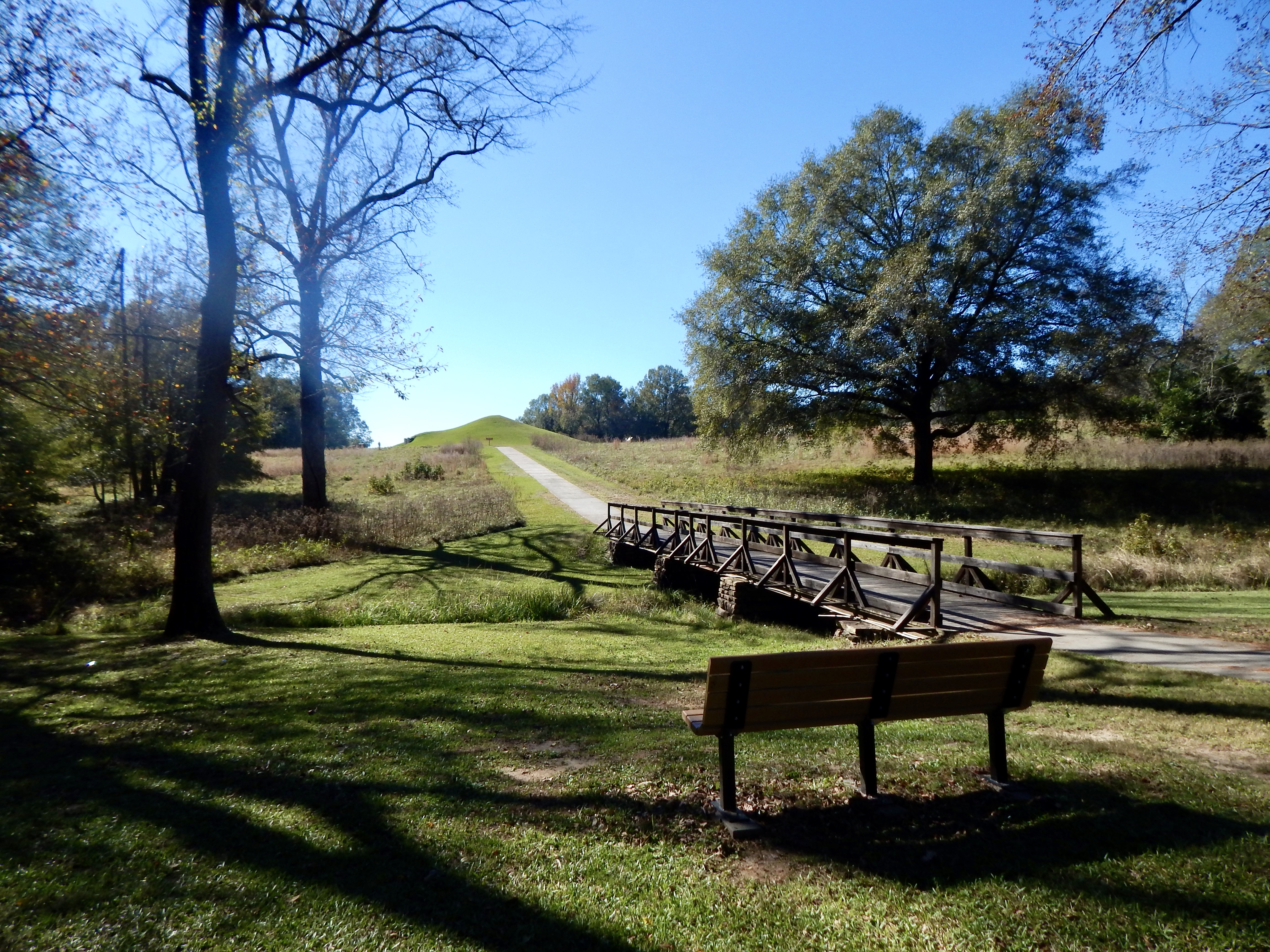
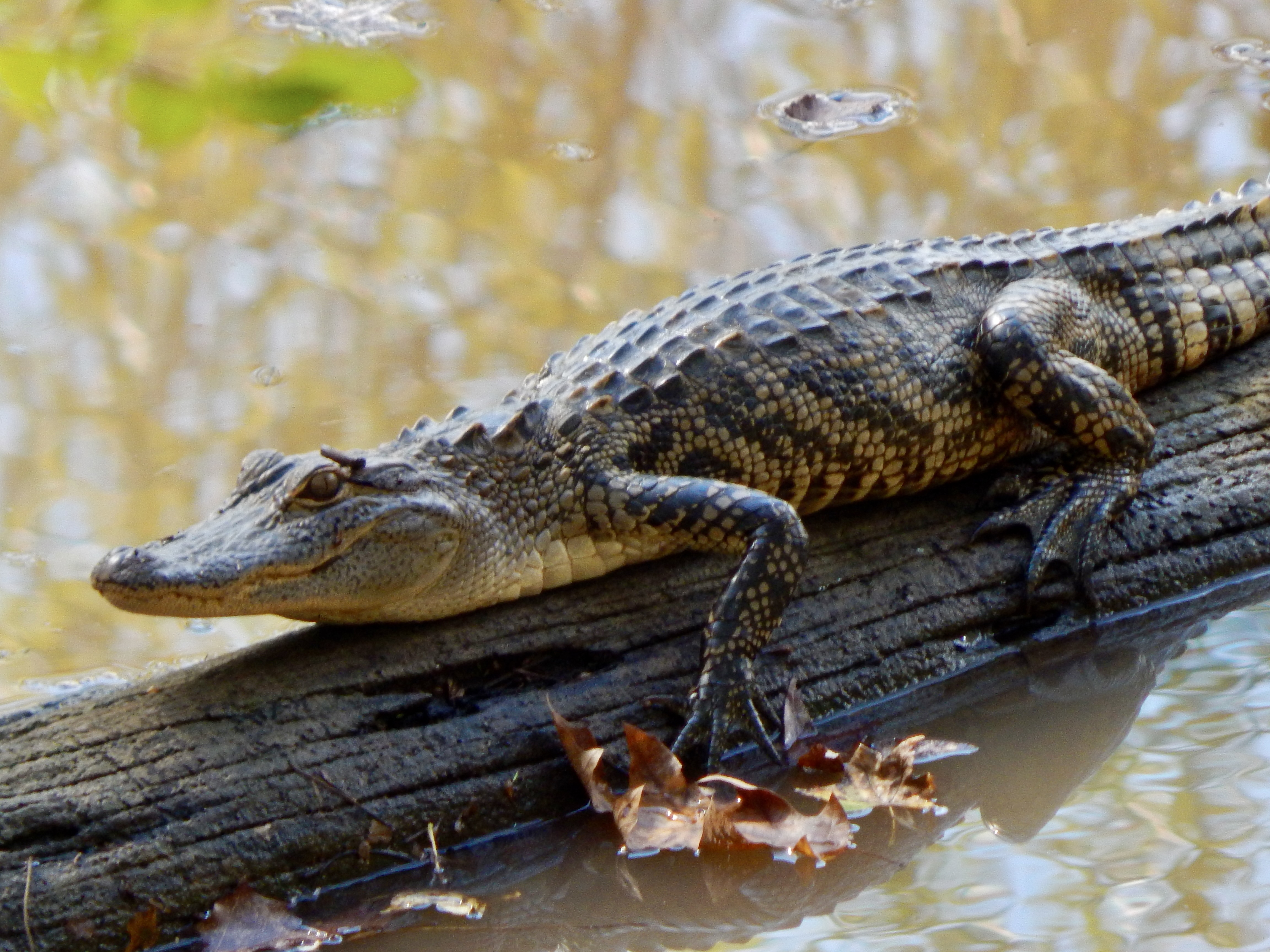

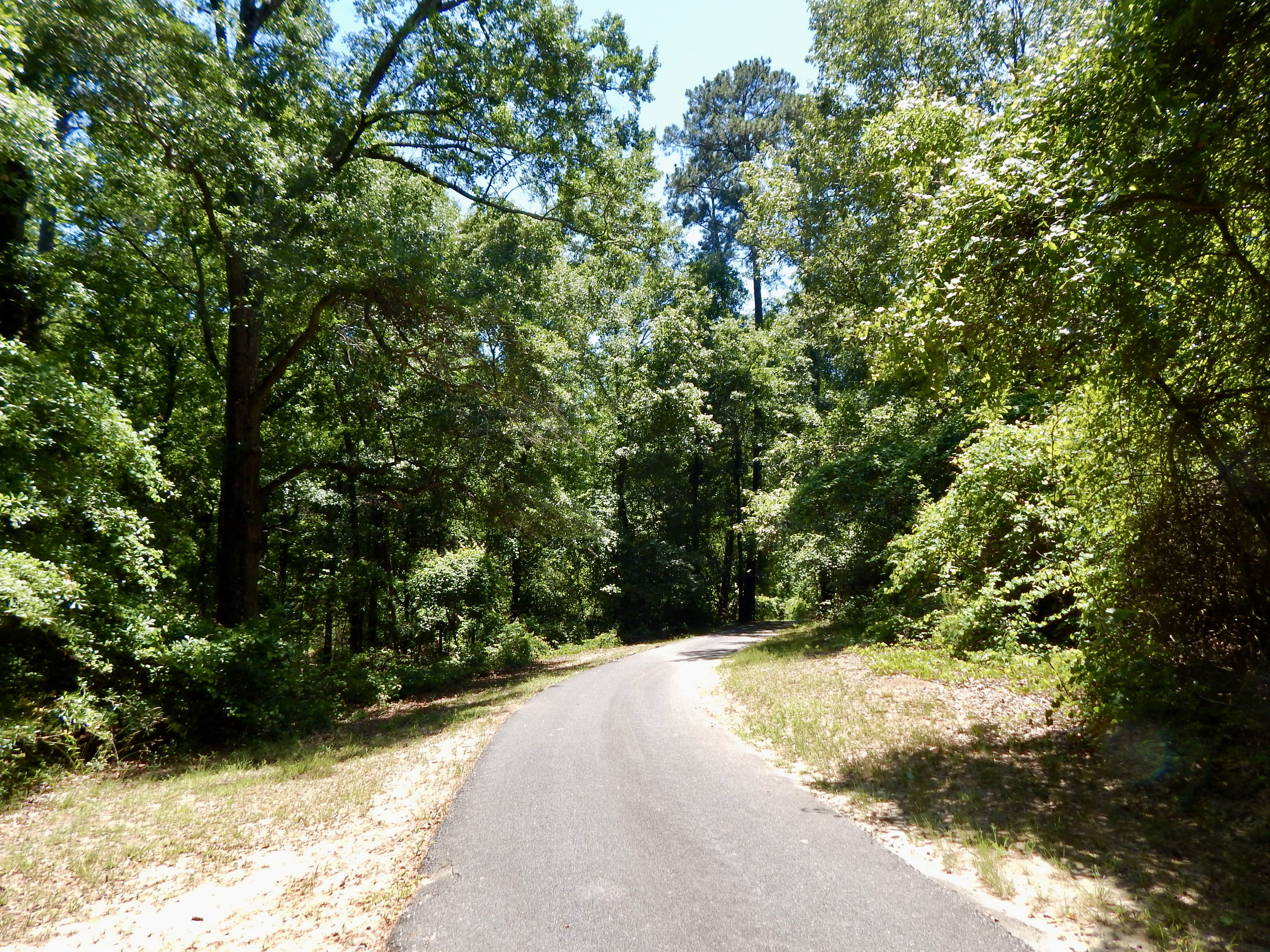
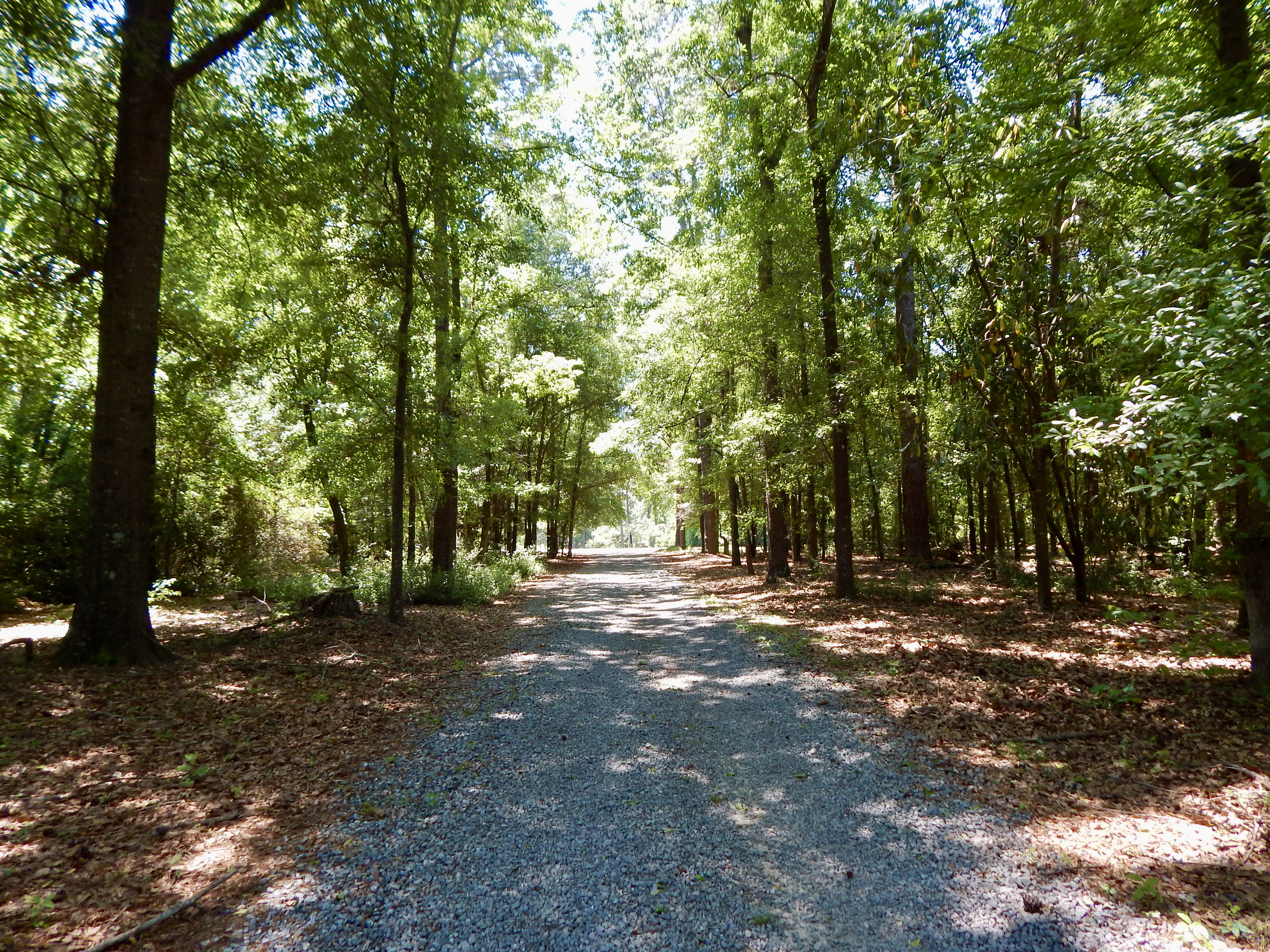
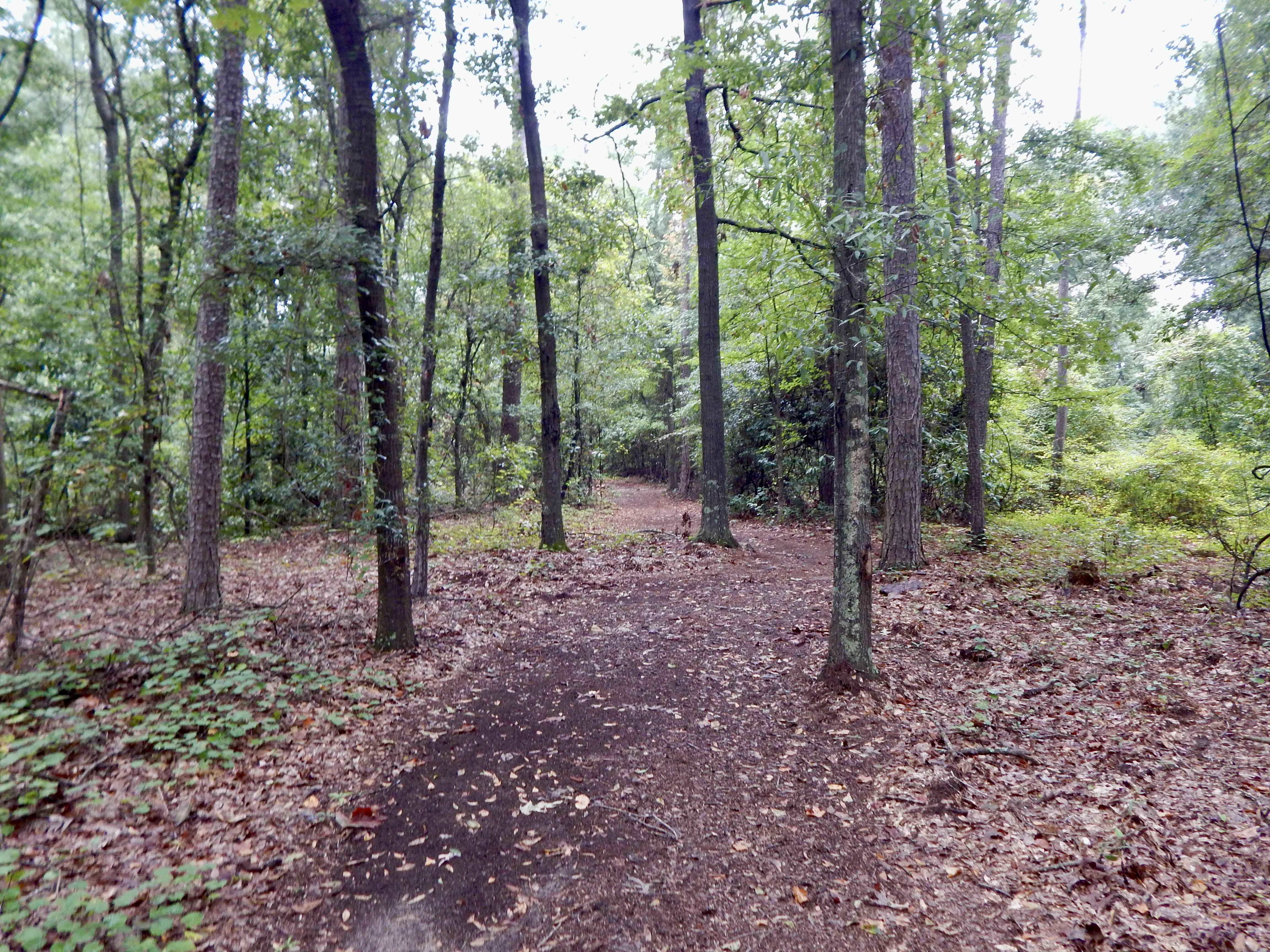
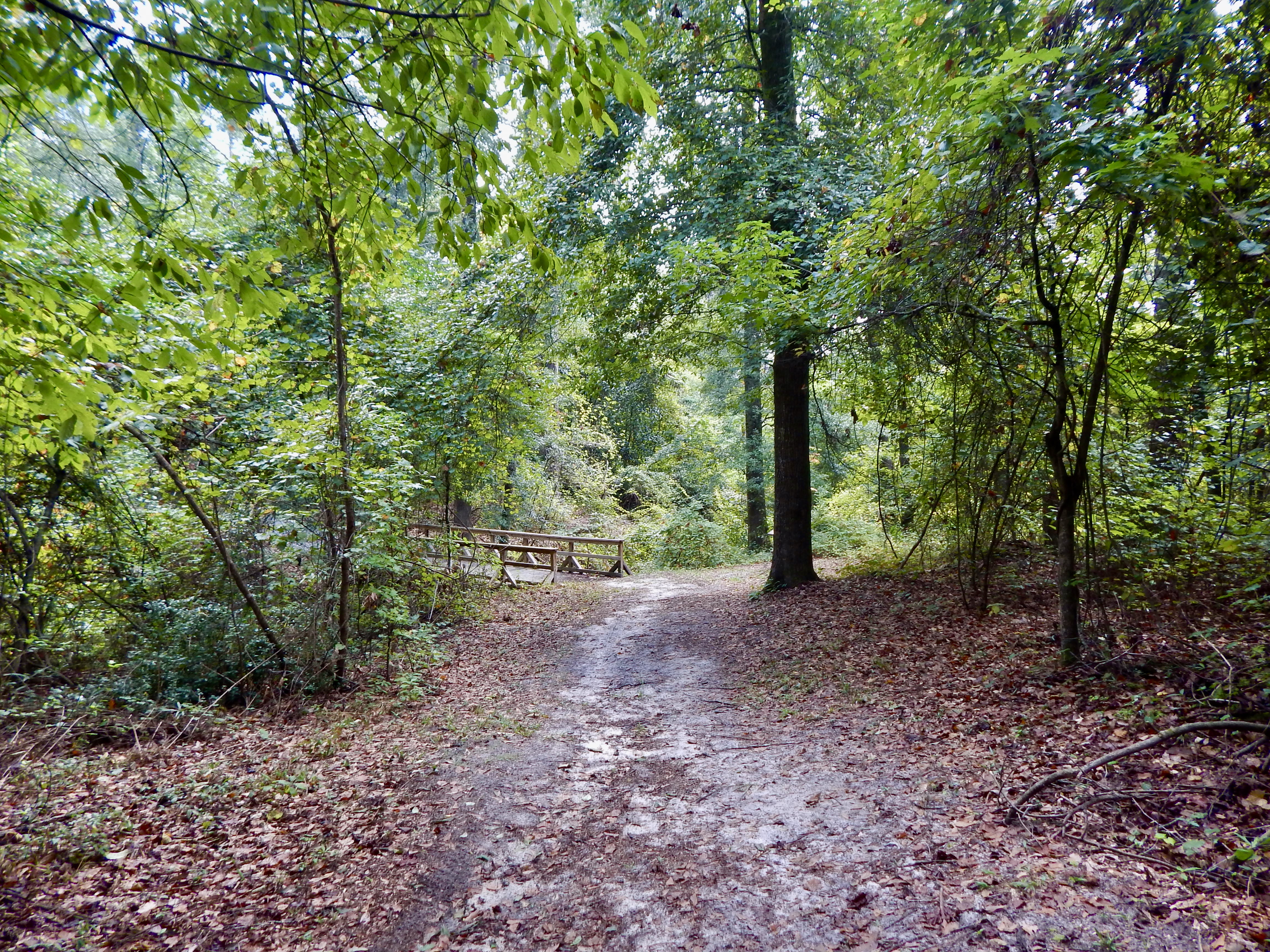
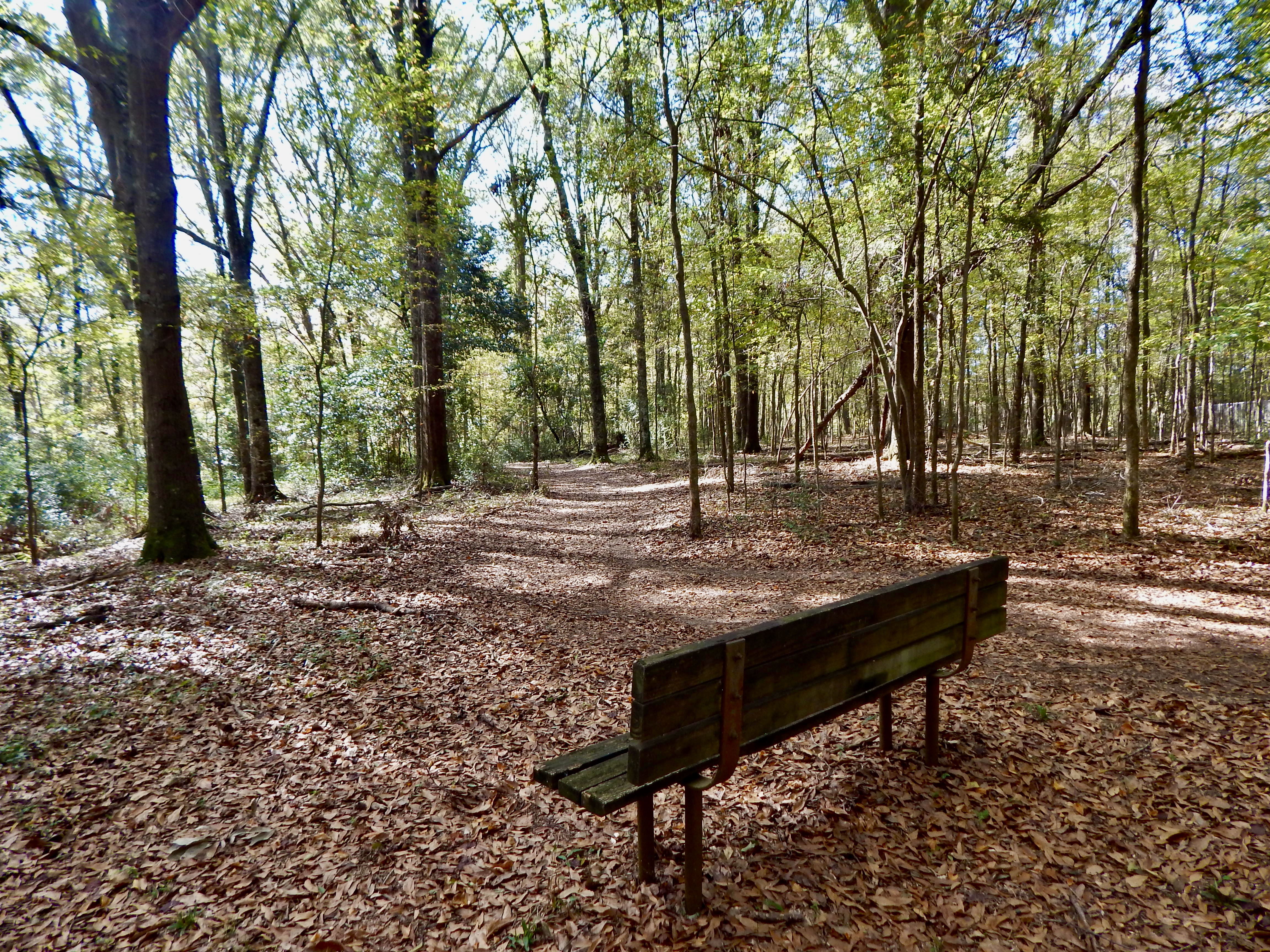
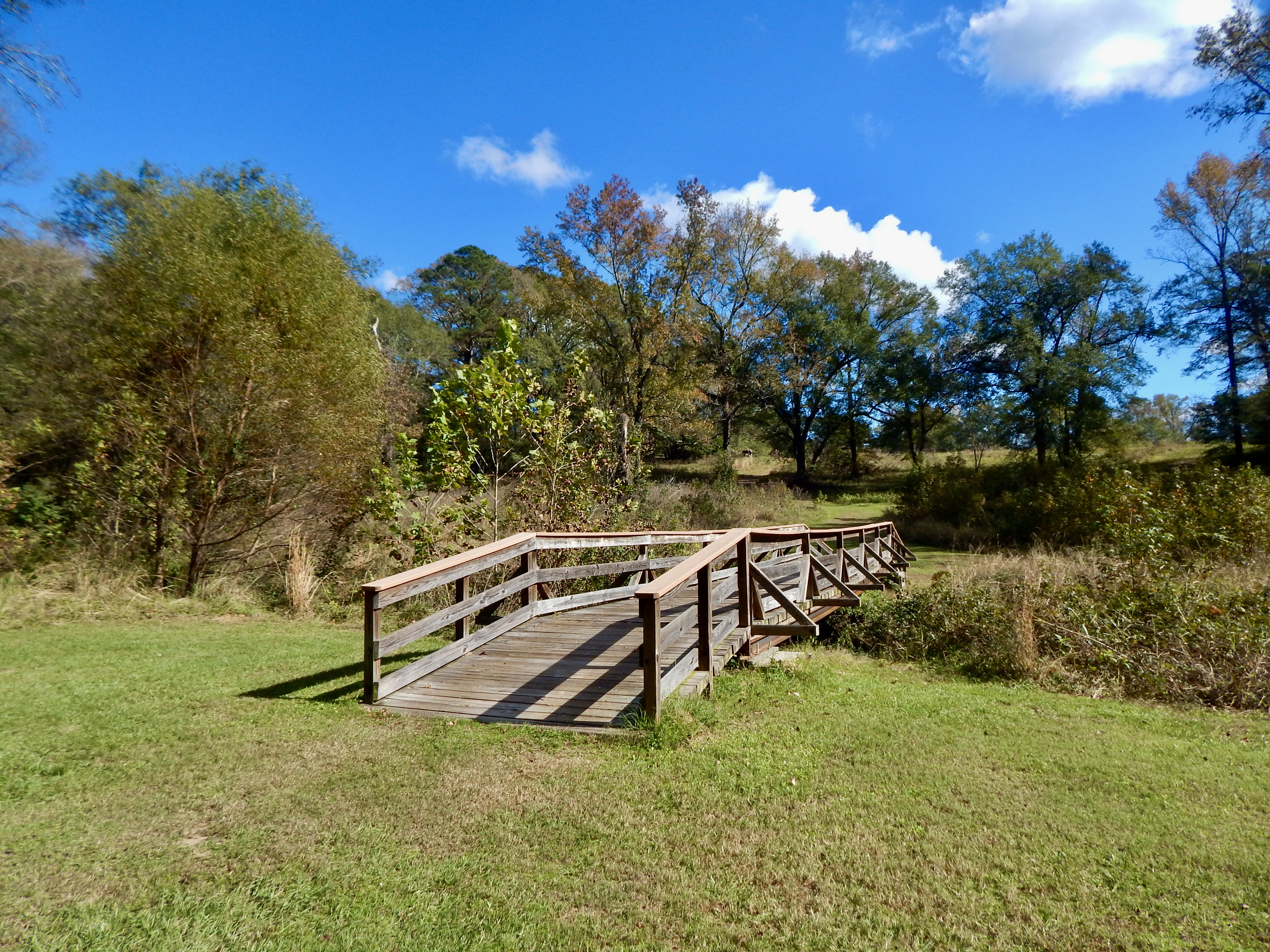

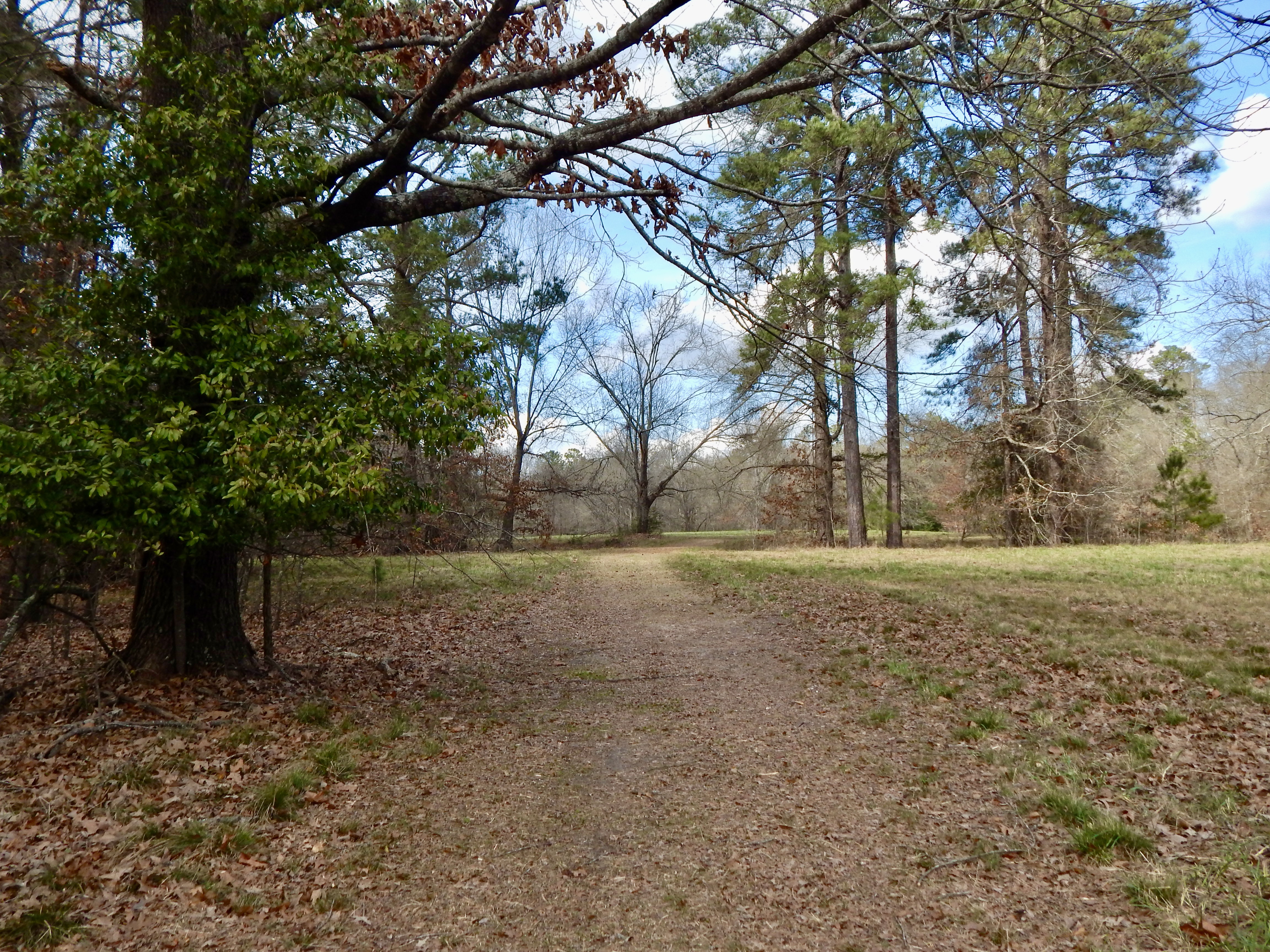
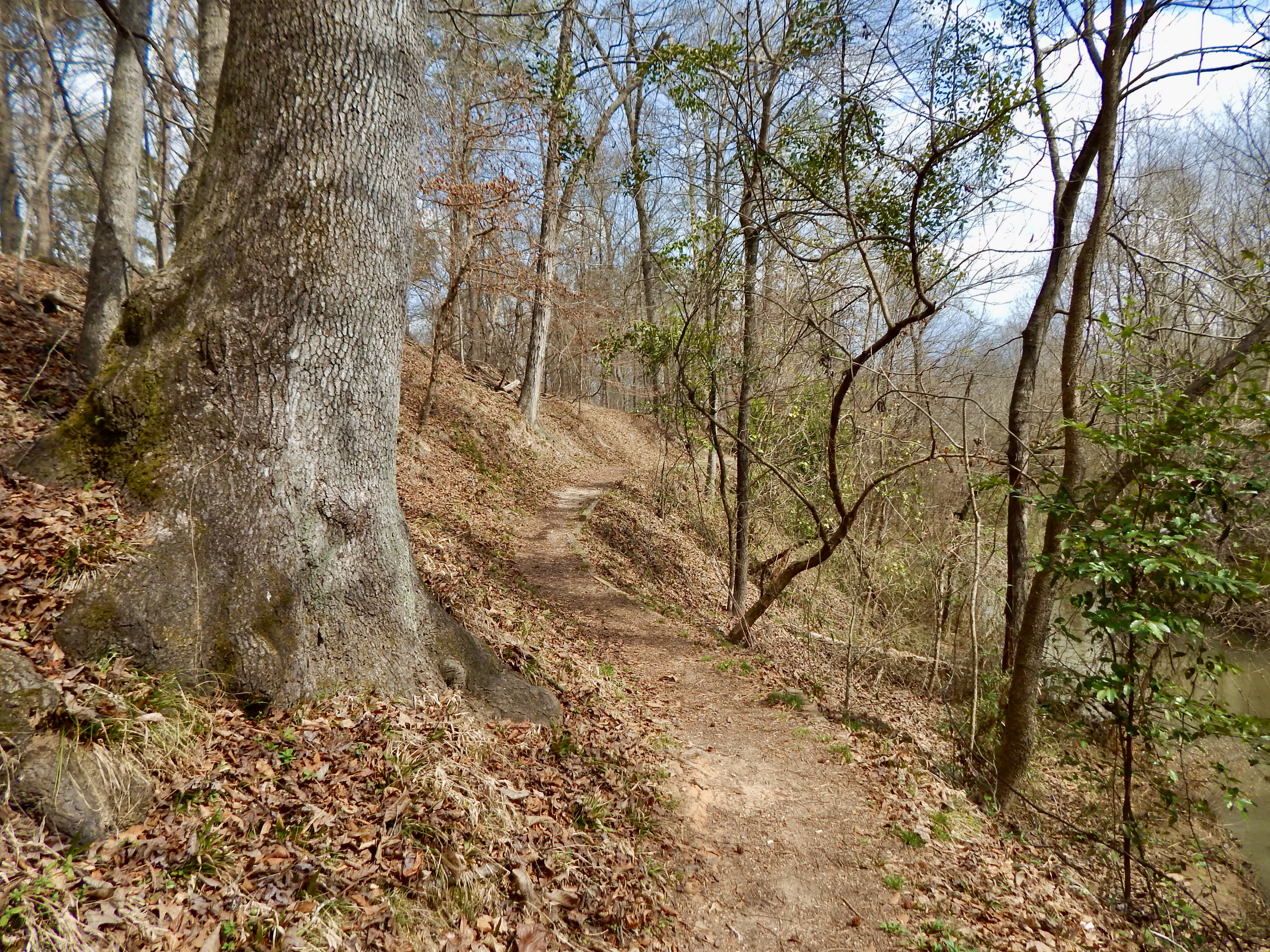
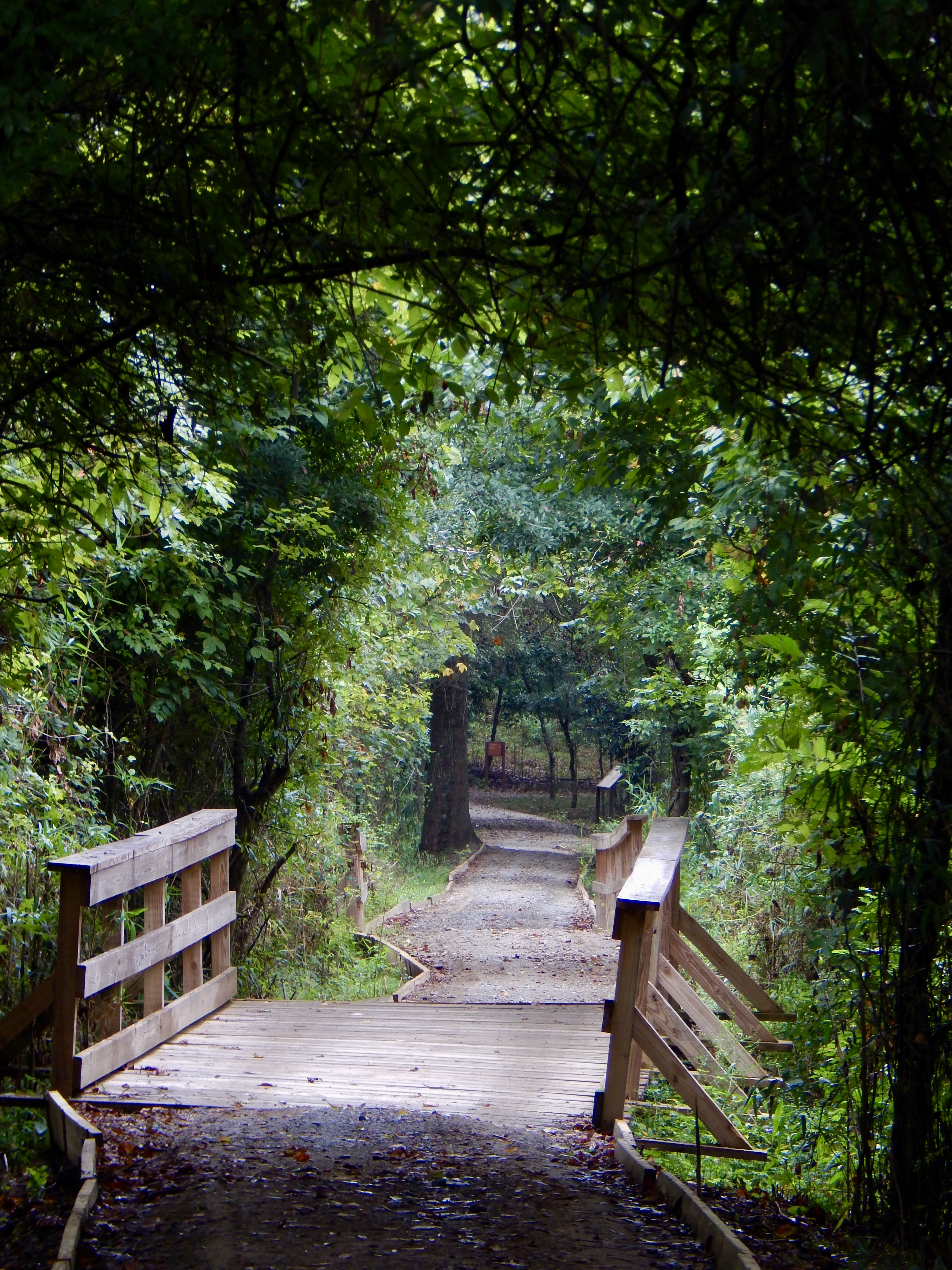

|
| Tours |
Count: 1
Self-Guided TourThis walking tour highlights seven major places in the park that focus on the prehistoric and Civil War history of the area. |
| Articles |
|